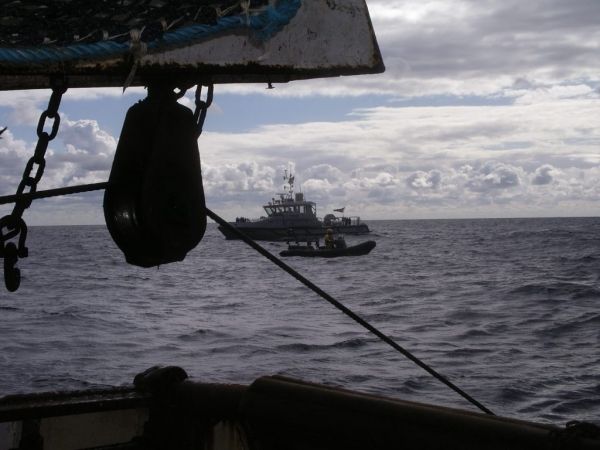Industrial fisheries that rely on bottom trawling wasted 437 million tonnes of fish and missed out on $560 billion in revenue over the past 65 years, new UBC research has found.
The study, carried out by the Sea Around Us initiative at UBC’s Institute for the Oceans and Fisheries (IOF), documents the growth of bottom trawling between 1950 and 2014, a practice where industrial fishing vessels drag large nets along the sea floor and pull up unwanted or unneeded fish. The research suggests that bottom trawling generates the most waste of any fishing method because the unwanted catch is dumped back into the ocean.
“Industrial fisheries do not bring everything they catch to port,” said Tim Cashion, lead author of the study and a PhD student at IOF. “During the period we studied, they threw out more than 750 million tonnes of fish and 60 per cent of that waste was due to bottom trawlers alone.”
Cashion and his colleagues identified the fishing tools used by industrial and small-scale fisheries in each maritime country and territory and paired them with the millions of records in the Sea Around Us catch database that include reported and unreported catches by fishing country, fishing sector, year and species.
Continue reading at University of British Columbia.
Image via University of British Columbia.


